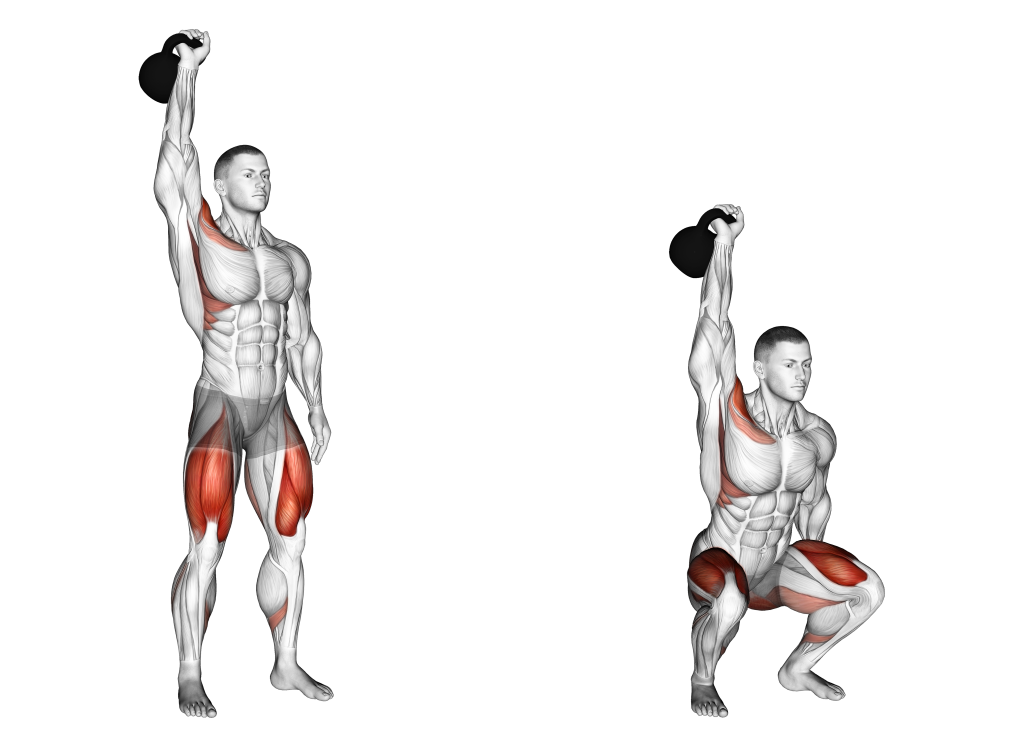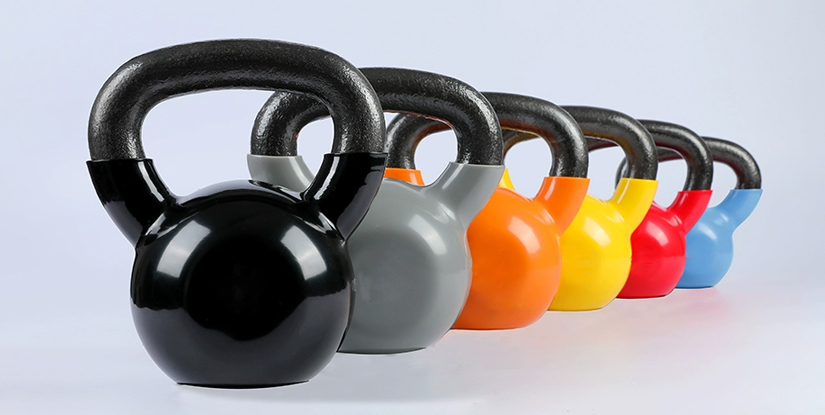The kettlebell jerk looked simple—until I actually tried it.
Right away, my forearms hated me. The pressure where the bell rested? Brutal. It wasn’t bad form, just pure discomfort. Every rep made me question if I was doing it wrong… or if this lift just sucked. It’s not just about power. It’s about timing, finesse, and more grit than I expected.
Honestly, I almost bailed. Like, I legit considered just skipping it altogether. But anyway, I kept hearing people rave about how clean and efficient the jerk is—if you can dial it in. So yeah, I stuck around.
If you’re frustrated, sore, or totally confused by the jerk, this is for you. Let me show you what I wish I knew sooner.
What the Kettlebell Jerk Really Is
The kettlebell jerk messed with my head at first. I thought it was just a fancy push press with some bounce. Nope. Totally different beast.
It’s all about timing and finesse—not just brute force. You explode with your legs, then dip under the bell and lock it out overhead. Super smooth when it’s done right… but kinda chaotic getting there.
Also, it’s not like the barbell jerk. With kettlebells, you need way more control, especially under fatigue. And since it’s part of the kettlebell pentathlon, this move is built for reps and endurance—not just one heavy max.
What the Kettlebell Jerk
- It starts with an explosive leg drive.
- Then you dip under the bell as it floats up.
- Finally, you lock it out overhead and stabilize.
It’s a flow, not a grind. When you hit the timing right, it almost feels effortless. When you don’t… well, you feel every second of it.
Step-by-Step: How I Finally Learned the Movement

I kept it stupid simple. Here’s what worked:
- Clean the kettlebell to rack position first.
- Do a quick dip (mini squat).
- Drive hard with your legs—not your arms.
- As the bell floats, dip under it.
- Lock it out overhead, strong and stable.
- Control it back to rack and reset.
What really changed the game for me? Realizing the jerk is more about rhythm than raw strength. I had to stop muscling it and let the bell move.
What Muscles the Jerk Hits
Honestly, it’s full-body chaos—in a good way. Here’s what gets lit up:
- Quads and glutes – they do most of the driving.
- Core and lats – they stabilize and protect your spine.
- Shoulders and triceps – they finish the press and lockout.
- Forearms and grip – especially under fatigue, they burn.
So yeah, it’s not just a shoulder press. It’s a full-body coordination test—and one that’ll humble you fast if you rush it.
What Went Wrong And How I Finally Fixed It
Man, the kettlebell jerk almost broke me—literally.
Admittedly, it was a mess. I mean, between that annoying wrist pressure, my sloppy form, and having zero plan—I was basically just winging it. Still, I kept showing up. Eventually, things started to click.
But eventually—after a bunch of trial, error, and a few ego bruises—I started to figure some things out.
My Forearm Pain Was Real
That deep pressure under my wrist? Brutal. It wasn’t from smashing the bell into my arm—just the constant weight sitting wrong in rack position. It killed my grip and made every rep miserable.
What helped:
- I opened up my rack angle slightly—less curl, more relaxed.
- Got better at stacking the shoulder over the elbow—less strain.
- Used padded wrist wraps now and then (not a crutch, just support).
- Broke up long sets into shorter chunks to build tolerance.
What Finally Started to Work
Once I ditched the guessing game, progress followed.
- I started with short EMOMs to build rhythm and consistency.
- Paired clean + jerk together instead of jerks from a dead start.
- Did heavy low-rep days, and volume sets with a lighter bell.
- Added support work—front squats, strict presses, planks—to stay solid.
Everything started clicking when I had structure.
Clean-to-Jerk: The Transition That Changes Everything
This part tripped me up more than I expected. Turns out, the clean into the jerk isn’t just one motion. It’s two clean steps.
Here’s what I had to fix:
- I stopped rushing the clean straight into the jerk.
- Paused and reset my rack—made sure I was solid before dipping.
- Practiced clean → pause → jerk like a drill until it became automatic.
Once I nailed the timing, the rest got way easier.
How I Use the Jerk Now
Now that it doesn’t wreck me, the kettlebell jerk is actually fun. I plug it into my training like this:
- Conditioning sets: 5–10 minutes with a moderate bell (grippy, sweaty, fun).
- Strength days: Heavy doubles or triples.
- Pair it with cleans, swings, or even get-ups.
- Sometimes it’s just a finisher, other times it’s the whole workout.
kettlebell jerk is one of those lifts that rewards patience. You can’t muscle your way through it—you’ve got to feel it, learn the rhythm, and trust your legs.
So if you’re in that “this sucks” phase right now… yeah, I’ve been there. Stick with it. Make small tweaks. It gets better. And once it does, you’ll wonder how you ever trained without it.

Hi, I’m the editor here at Leadman Fitness. We’re a manufacturer focused on producing top-quality barbells, plates, kettlebells, dumbbells, and strength training gear. I’ve been into sports and fitness for years, and I know my way around all kinds of gym equipment—both from using it and helping create it.
I spend a lot of time understanding the real problems people run into in the gym—whether it’s beginners trying to pick the right gear or experienced lifters looking for something more durable. I stay in close touch with our production team and talk directly with other equipment makers, so we’re always improving based on what real lifters and coaches are looking for.
What I share comes from hands-on experience—stuff that actually helps people train better, not just in theory, but in real gyms.
